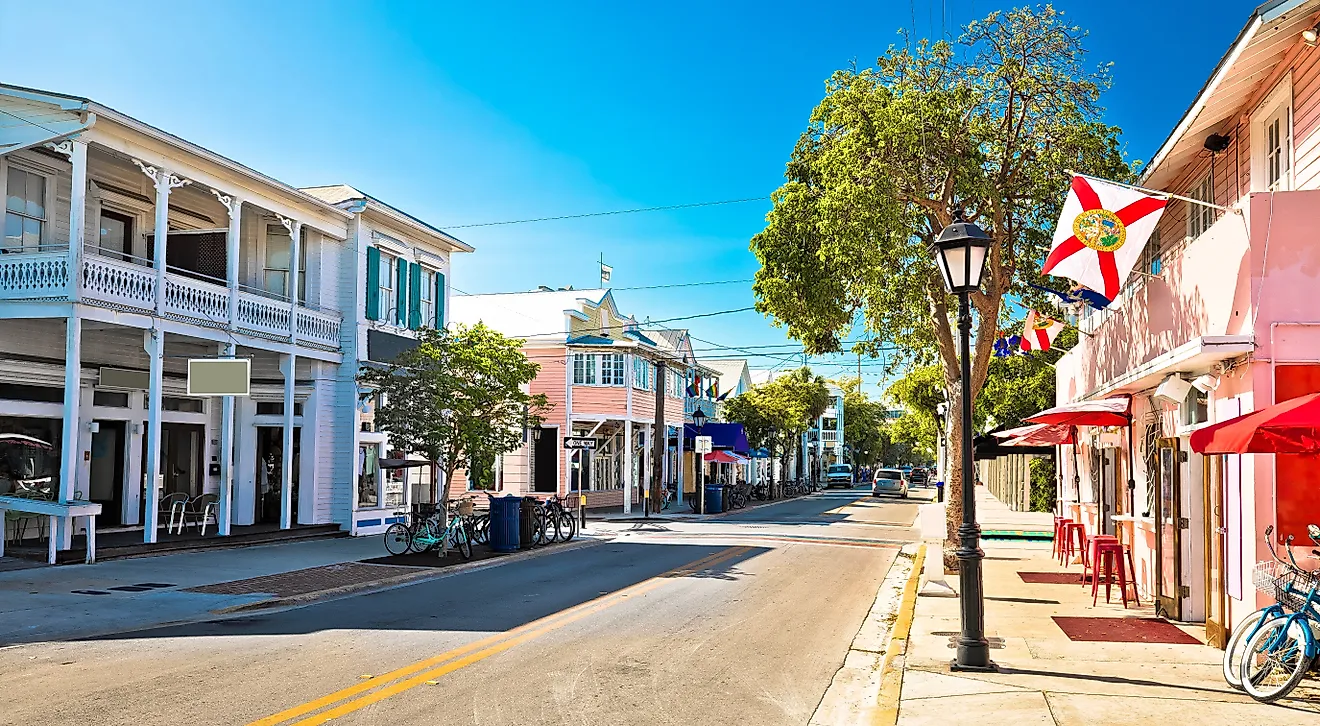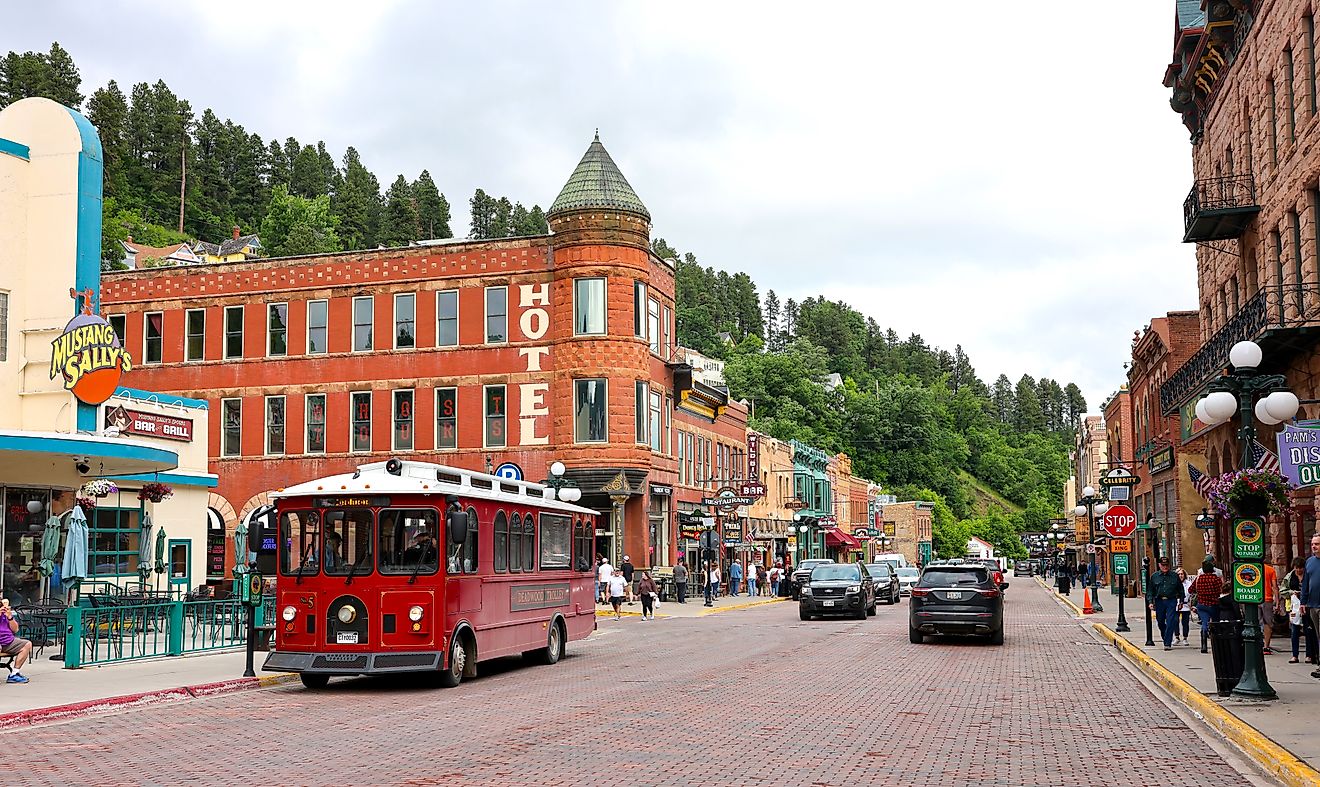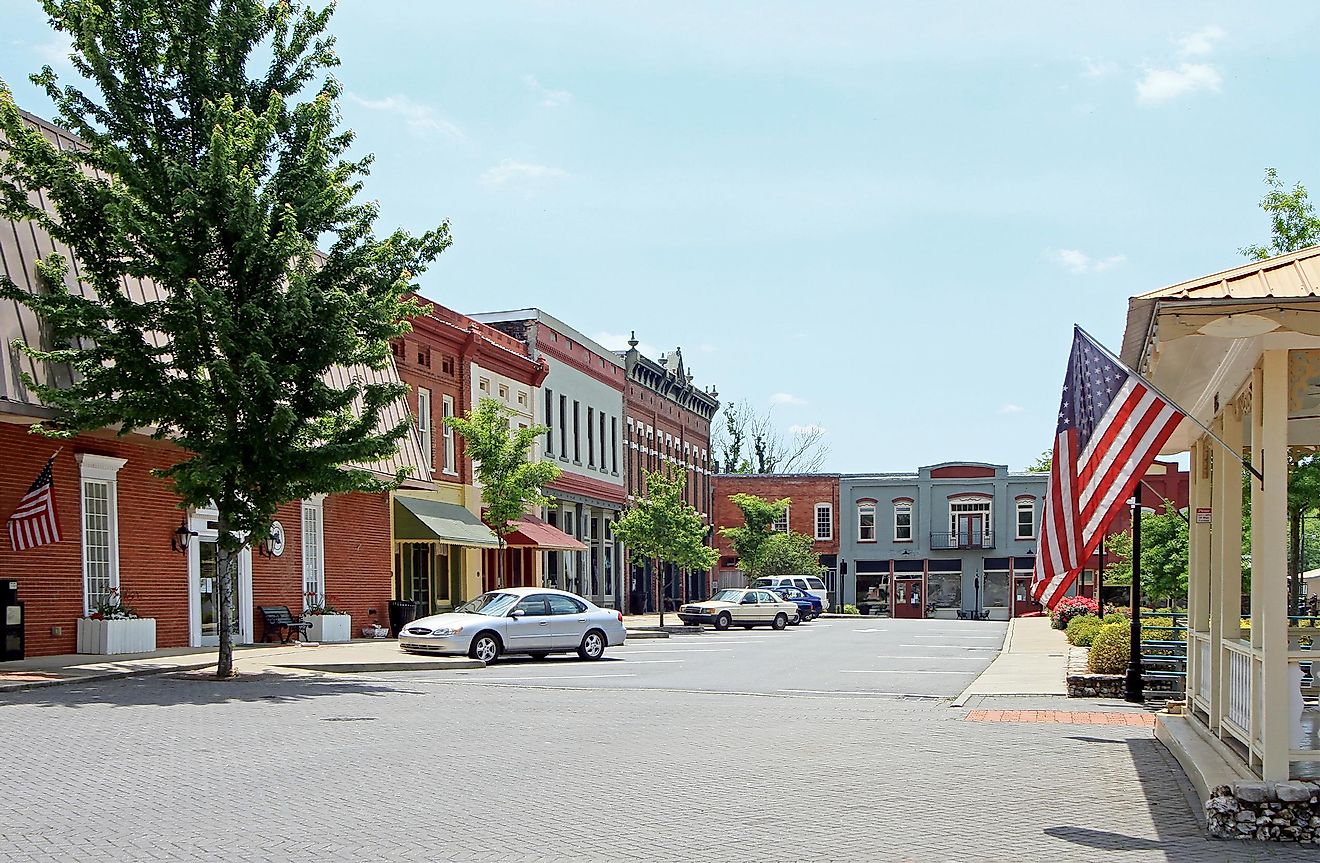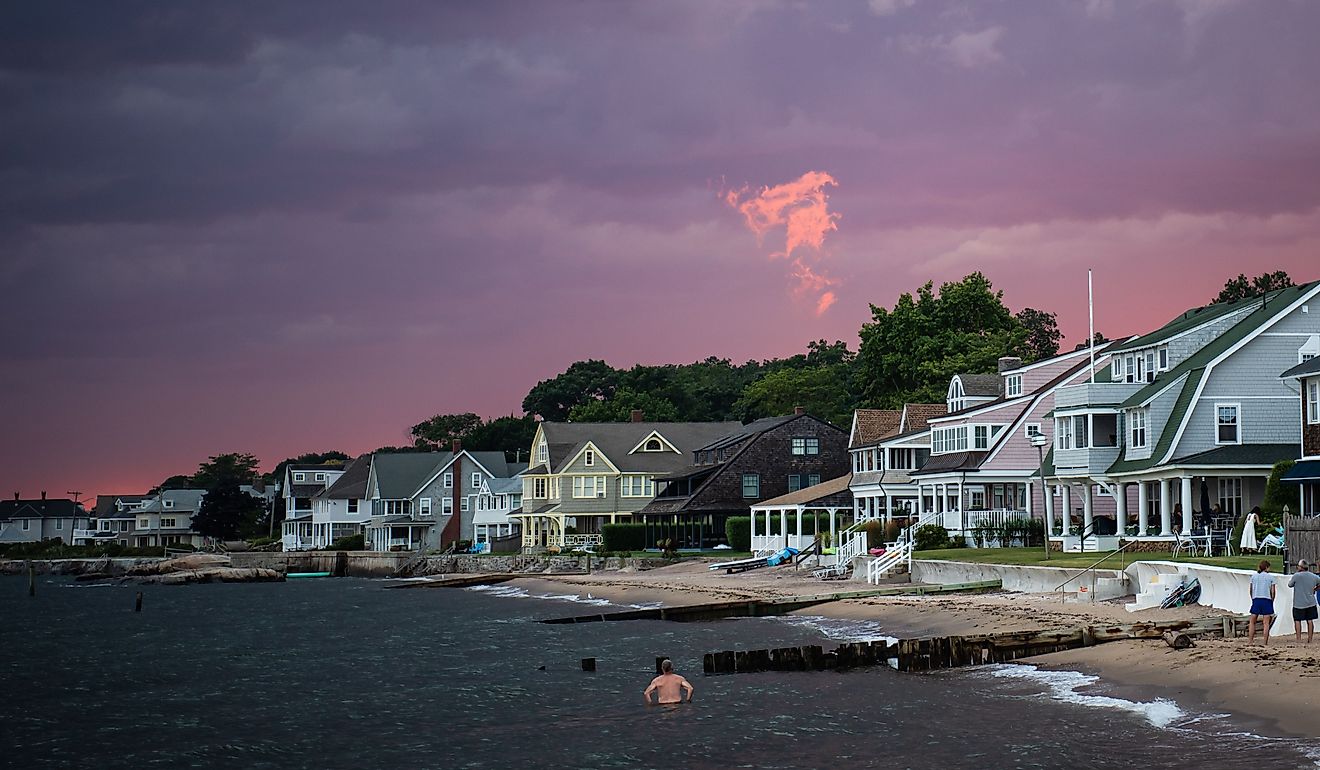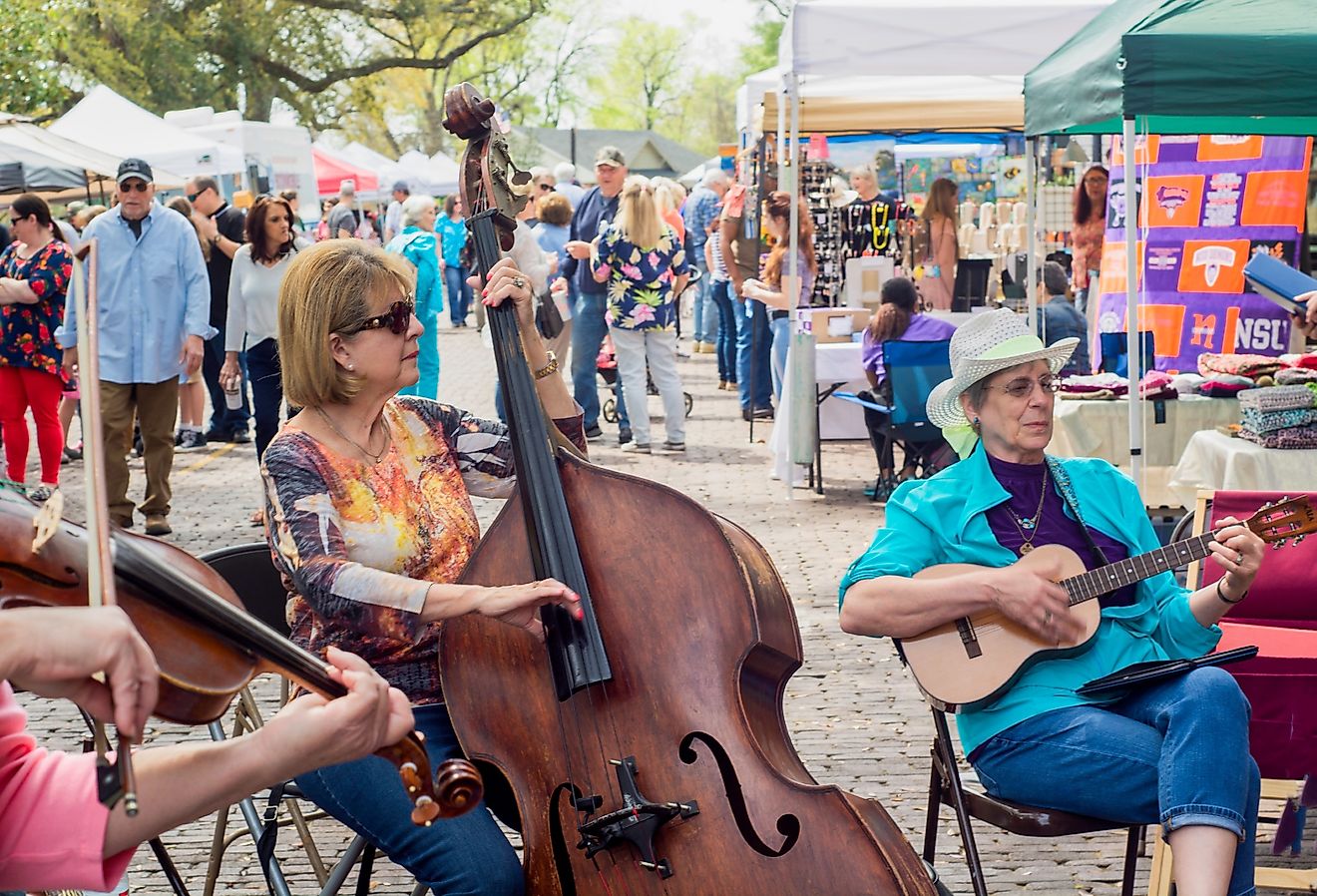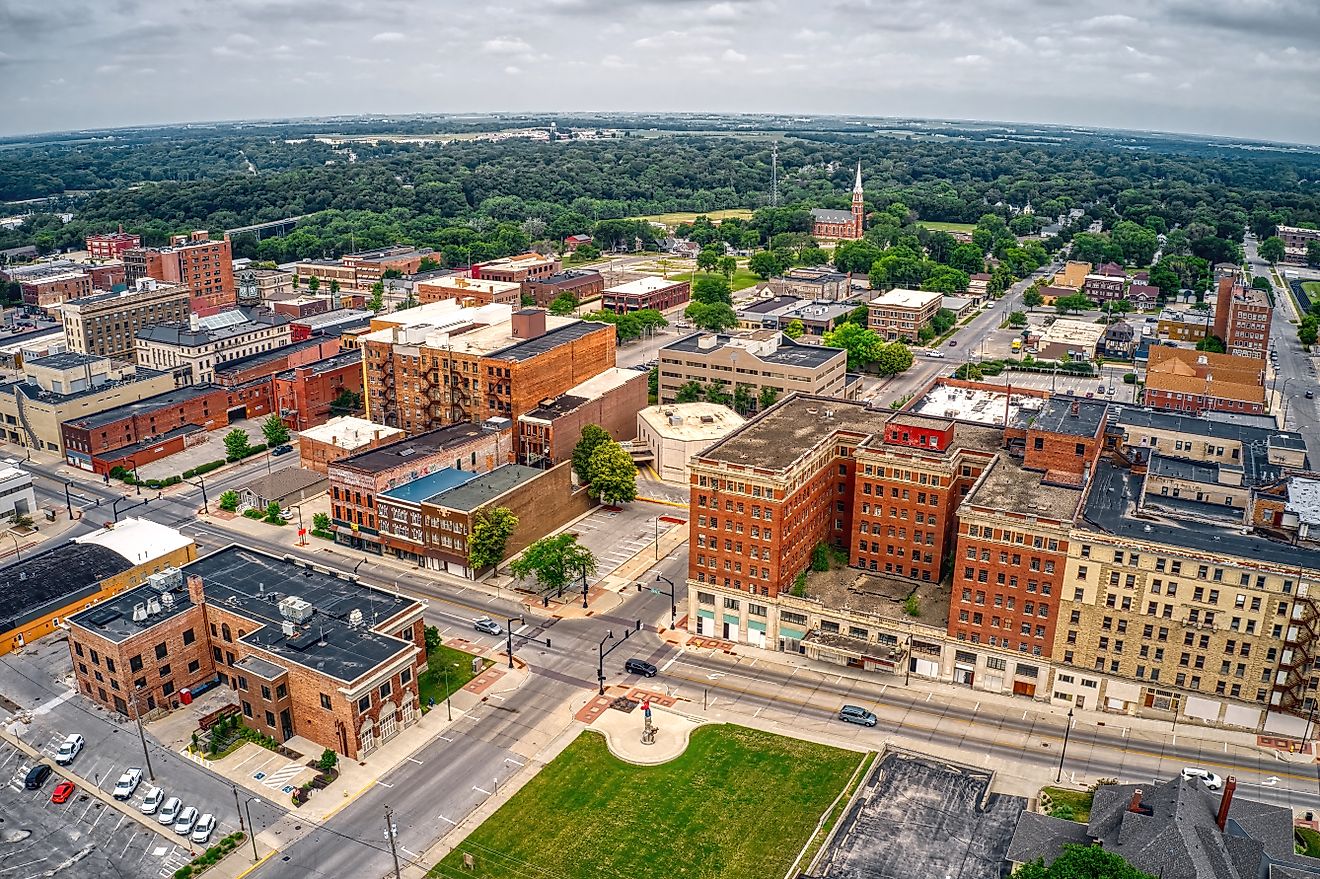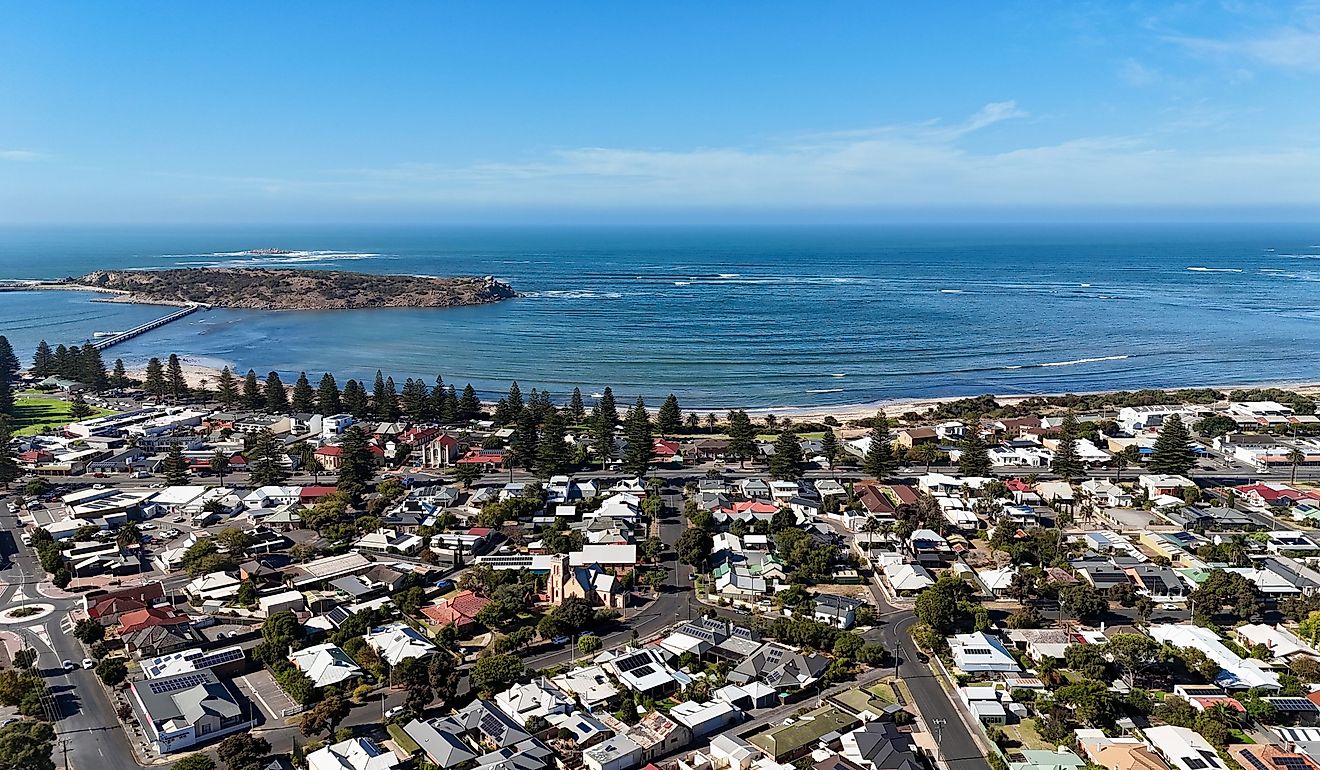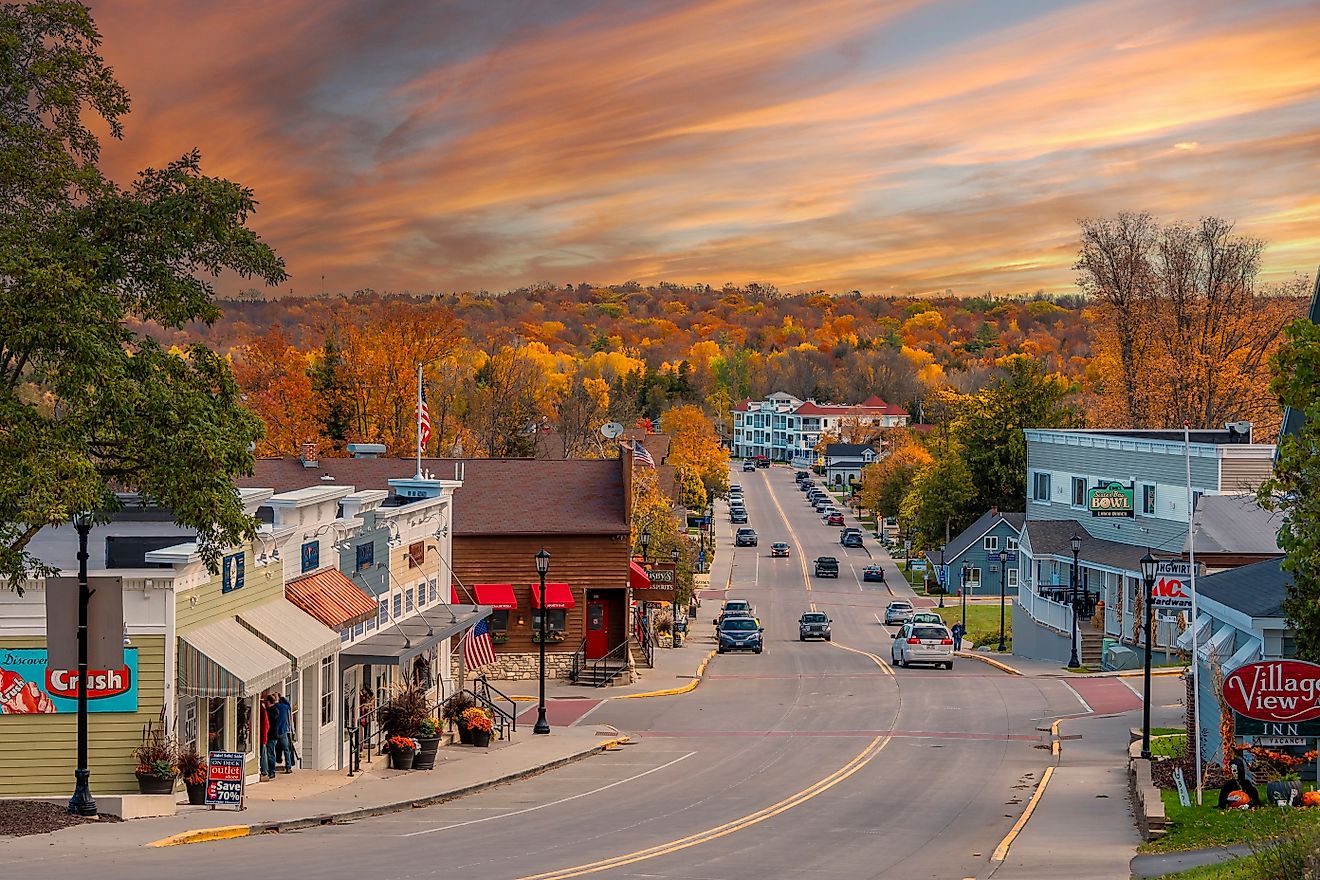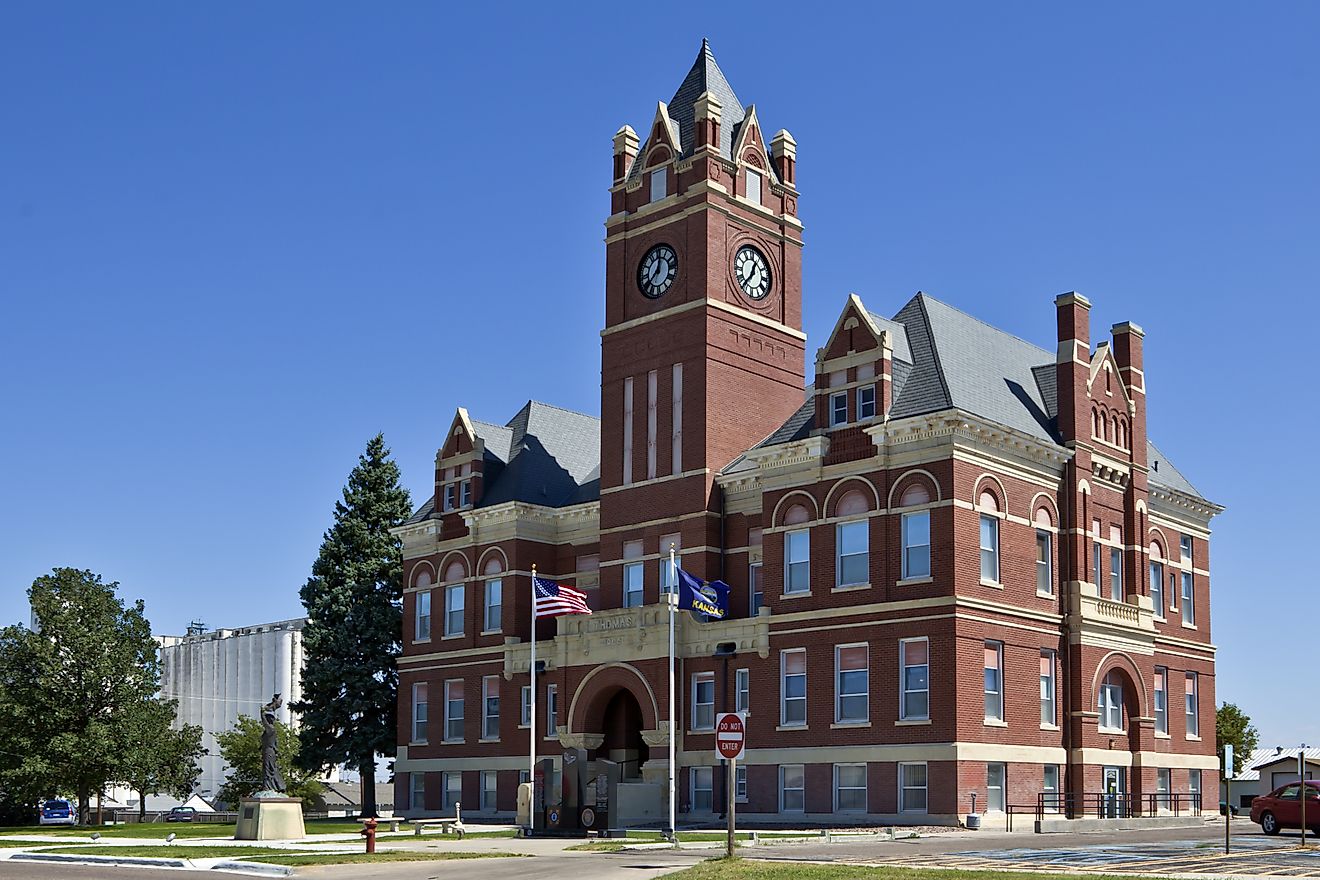
Saint George, Utah
St. George is a city located in the US state of Utah. Initially home to the great Anasazi civilization, the city started in the mid-19th century when members of the Church of Jesus Christ of Latter-Day Saints (Mormons) decided to establish a cotton mission in the area. In fact, the city is named for an apostle of the Mormon religion. Today, St. George and its metropolitan area are home to an estimated 120,000 people. The city's proximity to several state and national parks and its moderate climate make it popular among tourists.
Geography Of St. George

St. George is located in a desert valley of the Mojave Desert, in the southwest corner of Utah. Its southern city limits border the state line between Utah and Arizona to the south. To the north of the city is the Red Cliffs National Conservation Area. The Beaver Dam Wash National Conservation Area is another conservation area located west of St. George, as is the Pauite Native American Reservation. The towns of Ivins and Santa Clara are situated adjacent to St. George's western city limits, while the town of Washington borders St. George to the east. Two rivers, the Virgin River and Santa Clara River, flow through the St. George Valley and converge near the western base of Webb Hill, close to the city center. The city has a total area of 168 sq. km.
Population Of St. George

The total population of St. George is 94,535. About 90.5% of the city's population is white, of which 84.3% are non-Hispanic, and 6.22% are Hispanic. Other people of Hispanic origin make up 3.25% of the population, while people of mixed racial heritage comprise 1.59%, and Native Americans 1.17%. More than 88% of St. George residents speak only English. 9.4% of the city's population speak Spanish. Over 93% of the city's residents were born in the United States. About 51% were born in the city itself. Most of St. George's foreign-born residents hail from Latin America.
Economy Of St. George
The average household income in St. George is $77,297, and the city's poverty rate is 13.05%. Poverty disproportionately affects the city's African American population, of whom 42.64% live in poverty, despite comprising just 0.65% of the total population. The largest economic sectors in St. George in terms of the number of employees are retail trade, healthcare & social assistance, and educational services.
History Of St. George

The first inhabitants of St. George, Utah, were the Anasazi, who inhabited the area sometime between 200 BCE and 1200 CE. They left behind the ruins of their dwellings, though the reason for their disappearance from the area is unknown. Between 1100 CE and 1200 CE, Native Americans of the Pauite Nation arrived in the area, where they hunted deer, rabbits, and other animals. They also grew crops along the riverbeds, including corn, wheat, and melons. In 1776, the Dominguez-Escalante Party were the first people of European origin to visit the area. Fur trappers and surveyors followed afterward.
In 1854, Mormons established a mission in Santa Clara, just two miles northwest of present-day St. George. Seven years later, more than 300 families came to the area to establish the Cotton Mission. During the American Civil War, people from the US South came to the St. George region to plant cotton. In 1861, the cotton mission was transformed into the new city of St. George, though it was initially called Dixie, referring to the many people from the US South that came to live there.

The city eventually took the name of St. George in honor of the Mormon apostle, George A. Smith, who did not personally take settle in the city but did select some of the pioneers who settled there. The first settlers in the area tried to produce several agricultural commodities, including cotton, silk, dried fruit, and wine, but these ventures were mostly unsuccessful. In 1877, the Mormon Tabernacle was dedicated in St. George. It was the first Mormon temple established west of the Mississippi River and is the longest continuously used Mormon temple globally.
In 1911, on the fiftieth anniversary of St. George's founding, the Dixie Academy building was constructed. The Mormon Church ran it until 1933, when it became part of Utah's higher education system. A new Dixie College campus was opened in the city's southeast corner in the 1960s. During the early 1950s, the population of St. George was forced to endure nuclear fallout from above-ground nuclear tests that were being conducted just northwest of Las Vegas, Nevada. As a result, between the 1950s and the 1980s, there was a significant increase in cancer incidence among St. George residents.
Despite its notoriety for the adverse effects of nuclear testing, St. George has been consistently ranked as one of the fastest-growing areas in the entire United States in the last two decades, even surpassing Las Vegas in per capita growth. The city has emerged as a popular destination for retirees and other newcomers who come to take advantage of the moderate climate and recreational sites within the vicinity.
Attractions In And Around St. George

St. George is located within the vicinity of several natural attractions, including national and state parks. Among the most popular of these is Zion National Park, one of the "Mighty 5" National Parks (Bryce, Canyonlands, Capitol Reef, and Arches are the others). It comprises 229 sq. miles of territory and includes more than 35 hiking trails. Zion National Park also features more species of plants than are found in the Hawaiian Islands. State parks in the area include Gunlock, Quail Creek, Sand Hollow, and Snow Canyon. These parks provide a wide variety of outdoor activities, including year-round camping, hiking, horseback riding, mountain biking, off-roading, watersports, and fishing. For visitors looking for a taste of local culture, downtown St. George features 16 museums and galleries that showcase pieces of original art and culture from the area.
